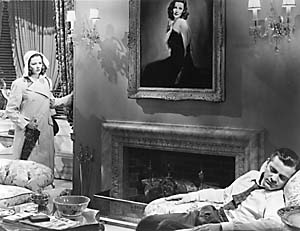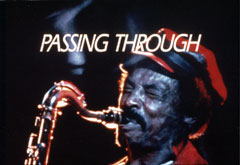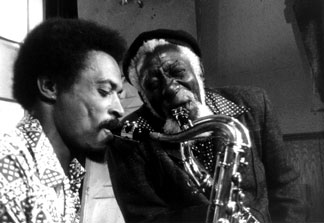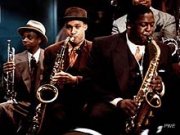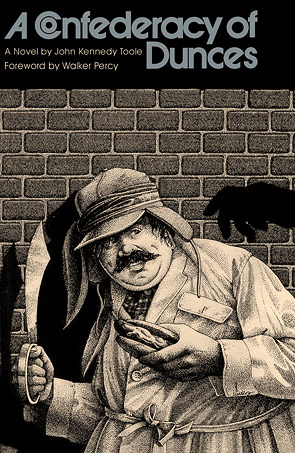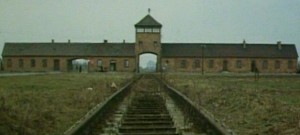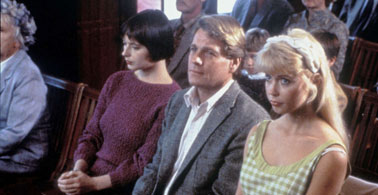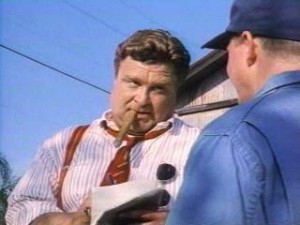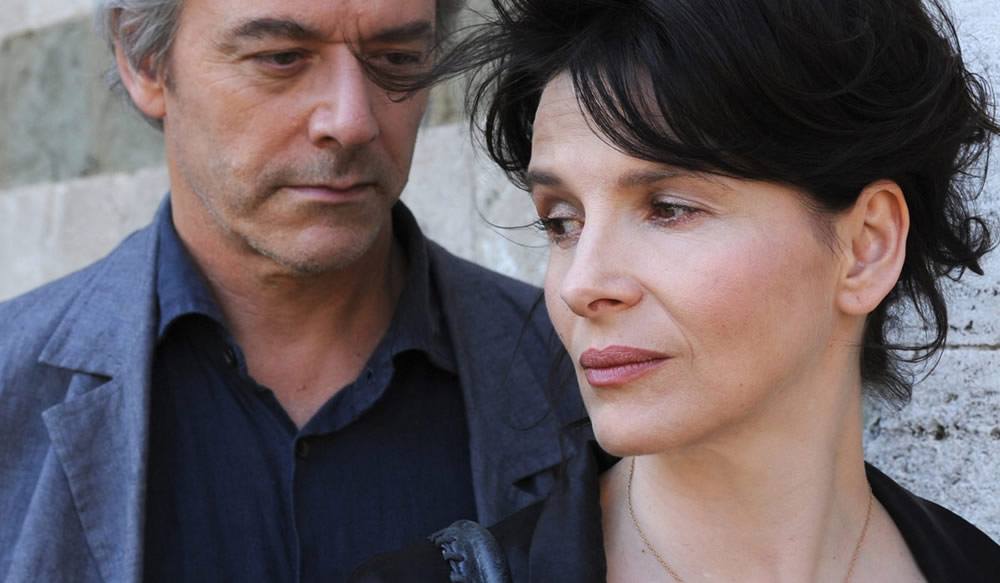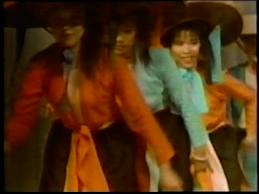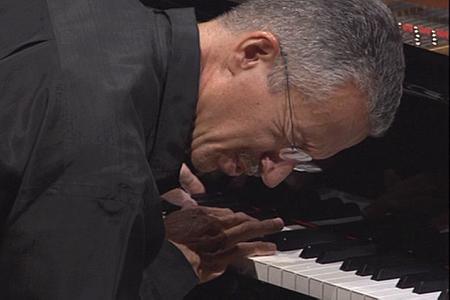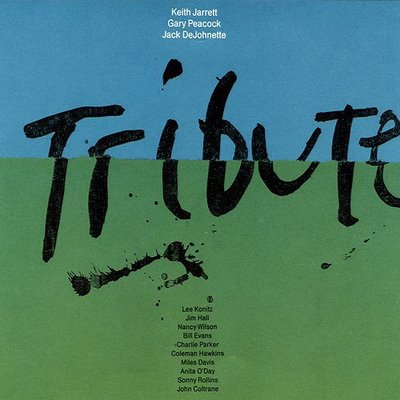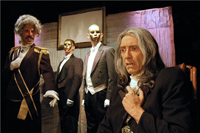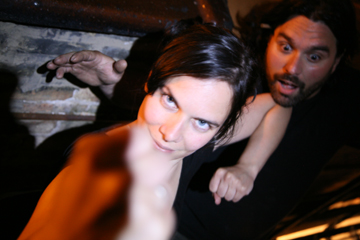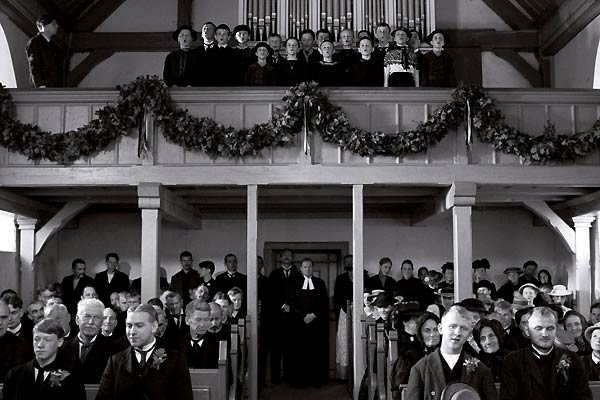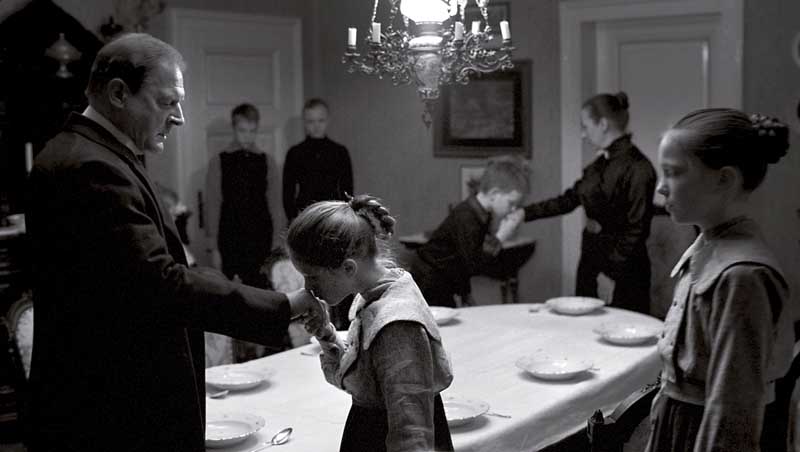Here’s where the original post is, dated June 7, 2007, which has a better layout as well as 17 hyperlinks. This is basically a piece of postmodernist fiction, for better and for worse. –J.R.
The Origins of Goofus McPherson
June 7, 2007 – 12:08 p.m.
Goofus: a Latin declension of the middle-class Disney mutt, best known for his unbuttoned longjohns and his stammering, guttural dim-wittedness. McPherson: the lovesick, necrophiliac cop played by Dana Andrews in Laura. Let’s suppose for the sake of argument that Walt Disney hired Otto Preminger to remake his own noir as a cartoon, a sort of animated True-Life Adventure. Or that Otto Preminger, opting for an animated remake himself, farmed out part of the work to the Disney studio, which took it upon itself to undermine the class status of Detective Lt. Mark McPherson by turning this gumshoe into a bourgeois fall guy and a dumb-ass canine to boot, meanwhile converting the Vincent Price character into some version of Lumpjaw the Bear, who was even dumber than Goofy, and which suggests refashioning Gene Tierney in the title role of the sweet missy as Lulabelle.
Why the Latin declension? Let’s call it an all-too-American cultural as well as psychosexual trade-off. Read more


